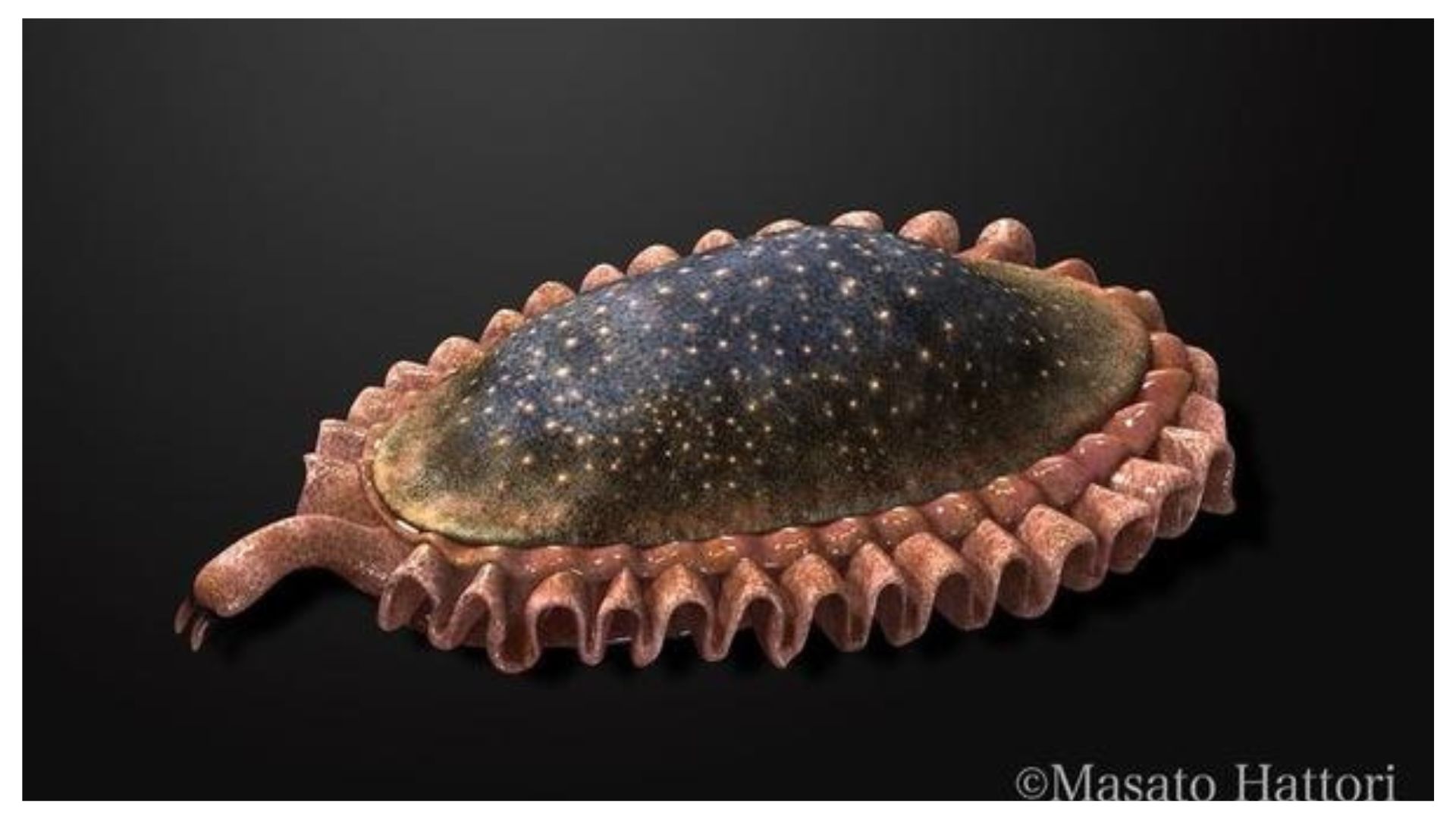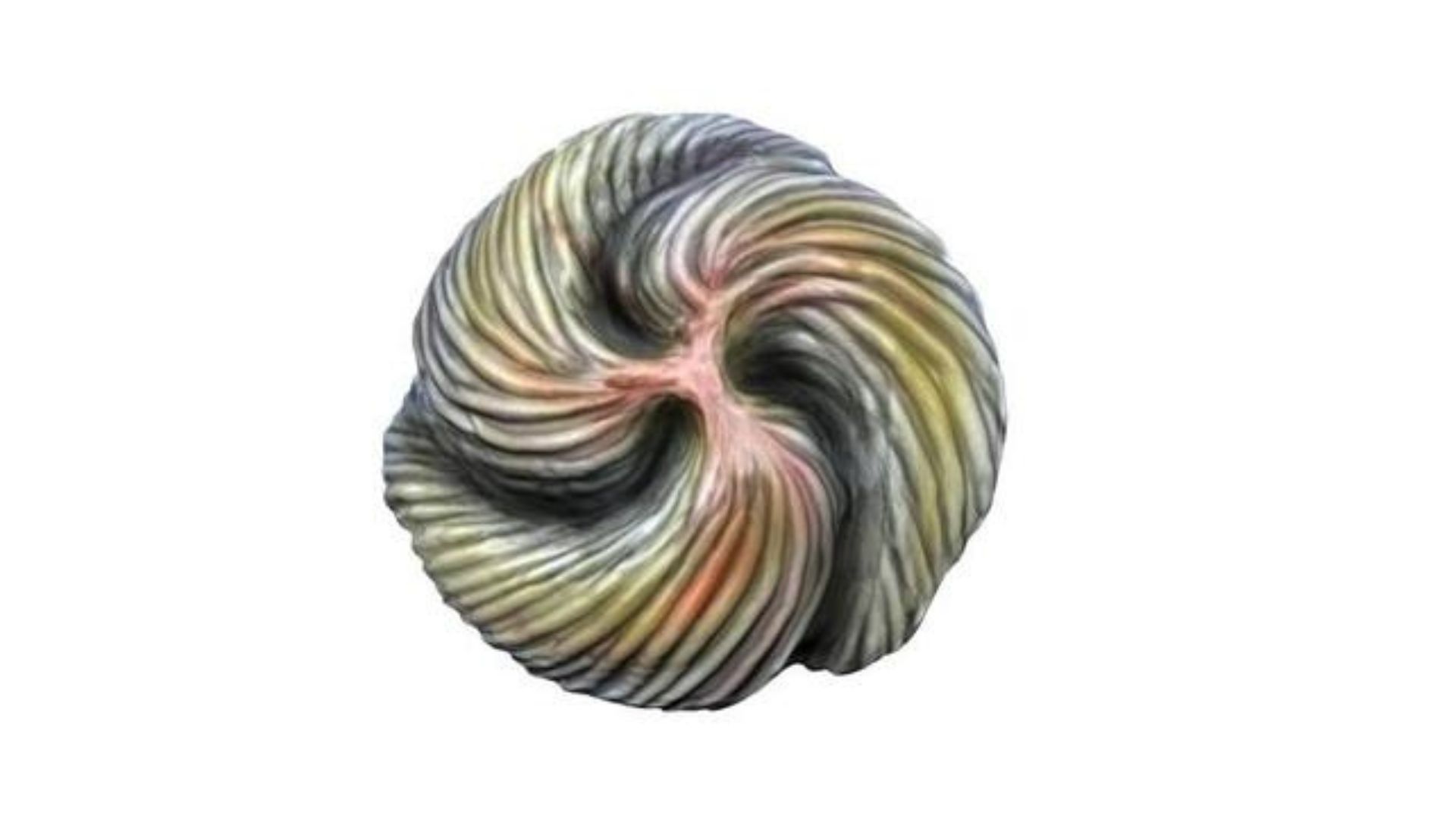EDIACARAN PERIOD
Would it be possible to live in the Ediacaran period if we traveled back in time?

Welcome to the Ediacaran period 635 to 539 million years ago. The length of the day was around 21 hours; there were more than 13 months in a year that had more than 400 days. This would affect people who would stay very long as we are adapted to 24-hour circles. Irregular sleeping patterns have been found to affect our health and increase the chance of some even severe health problems if they persist for many years. We could breathe normally at sea level in this period of the history of our planet because the oxygen level in the atmosphere stood at around 17%, but it’s better to avoid very tall mountain regions. Mind you; there wouldn’t be much to see and do far from water. Unless a controversial study from 2012 proves correct and some of the fossils from this time really turn out to be terrestrial lichen. This will be one of your goals on this trip going back in time. Check if this study was correct and if there was some life on land.
If it comes to other tourist values going back in time so long ago, don’t count on much, and hopefully, you love exotic food, or you will starve to death. It would be best if you got accustomed to having delectable gelatinous tentacles on your tongue and other squiggly yummy body parts. As shown above and on another reconstruction below, Kimberella was probably the most palatable food as it was a very early mollusk. Some people love textures on their tongues, and this will be a foody heaven for them. But they will need to eat everything raw because there will be no fire if there is no lichen. I suppose that if you were a culinary magician, you could conjure something eatable even from what was available in the Ediacaran period.
Lichen could perhaps be dried with some effort and burned. Fossil fuels didn’t exist at the time. We would need solar electricity sources, but it would be freezing at night unless we had some way of storing energy, like good batteries. Perhaps scientists would equip your expedition with robust nuclear batteries that would last many years and supply you with electricity for warming your home at night. Your home must be made of clay, or you could live in a cave. Because of the lack of vegetation, the climate everywhere would be similar to the Sahara, where it can get freezing at night, even in relatively tropical regions of the planet. There was nothing to keep the heat after the sunset far from large bodies of water.
It was only the beginning of soil formation with bacteria, as land plants with their root systems didn’t exist. It would make floods very dangerous. We could drown or die in landslides. We would need to live near the ocean, but without plants, the shores were also prone to erosion, which can be hazardous. Tides were a bit stronger in the Ediacaran periods due to the Moon being a bit nearer. Fishing poles for obtaining food might not work well at the time. We would need to go there and gather this food with our hands. Some swimming equipment might be helpful. There would be a problem obtaining vitamin c. We would need to eat algae. Eating animals raw could provide us with this vitamin, but it might be dangerous but maybe not. These creatures were genetically far from us to cause infections with their pathogens, but it’s probably better not to take risks.
The question was: Would it be possible to live in the Ediacaran period if we traveled back in time?

Dickinsonia, their gelatinous body must have been delicious.

Yorgia, could get its segments stuck between your teeth. Delectable!

And so could Archeospinus fedonkini.

Trilobozoa was just totally bizarre. I bet these bulbous parts nicely oozed with something gooey and delightful on the tongue while eating the Trilobachium heraldicum.

Eoporpita, eaten alive without the possibility of cooking anything, must have moved these tentacles on your tongue while you were munching on them. And what about this hole in the middle? I bet it opened and closed pleasantly and temptingly. It must have been an exquisite foodie sensation when you got to the stage when you hadn’t eaten anything for a very long time, or you would die.

Kimberella was a very early mollusk. I suppose you could eat these the whole time as everything else was too revolting.

Charnia were animals even though they looked like the leaves of plants. Some were larger than humans, and they probably didn’t have muscles to adorably resist biting on their flesh with your teeth.

Charnia were animals even though they looked like the leaves of plants. Some were larger than humans, and they probably didn’t have muscles to adorably resist biting on their flesh with your teeth.

Auroralumina is also related to cnidarians. I would love to put my mouth on these delicious tentacles… NOT.

Cloudina, ummm… Yummy!

Nemacolathus was so bizarre that nobody even knows how to image it properly. It must have been very tasty.
Leave a Reply